
As I write this, in a room somewhere, a man or a woman is bent over a guitar, or seated at a piano. Actually, this is happening in many places. These people are writing songs. Some of them believe that their song will only have guitar or piano accompaniment, and a few of them are right. Some know that the song needs more, but they are not sure what. Some of these songs will be recorded and released, and we will all find out together. The difference between how these songs sound now and how they will sound when they are done is the arrangement. Some, but by no means all songwriters do their own arrangements. Others know that their band will take what they have written and make magic. And sometimes, the arranger is the producer. The five songs I present in this post may have all been written on an acoustic guitar, but they didn’t end up that way. Here then are five very different examples of the art of arranging a song.
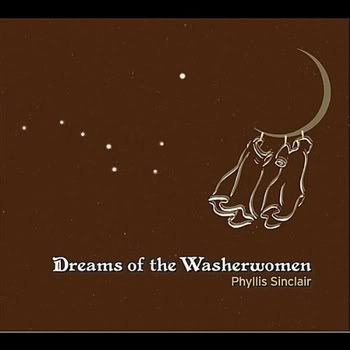
Phyllis Sinclair: Washerwoman‘s Lament
[purchase]
Sometimes, the secret to a great arrangement is knowing when to stop. Phyllis Sinclair’s Washerwoman’s Lament was clearly written on acoustic guitar, and that’s the first thing you hear. Sinclair plays a rhythmic strum, and her vocal line has a wonderful folk-gospel feel. Eventually, a mandolin and bass part come in, and there is even some background vocals towards the end. And that’s all. Elsewhere on this album, there are some drums, some strings, even accordion. But Washerwoman’s Lament opens the album, and it establishes that Sinclair is going to use a light touch with her arrangements. This works beautifully throughout, but nowhere better than here. (Incidentally, it’s not clear who did the arrangements on the album. They may be by Sinclair, or producer Stew Kirkwood, or both.)
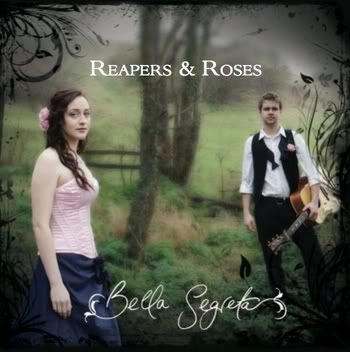
Bella Segreta: In Holsters
[purchase]
Arranging can be a matter not only of which instruments are needed, but also how they should be recorded. Bella Segreta is a band fronted by singer Victoria Ferguson and singer and guitarist Ben Ingall. Ferguson has a delicate breathy voice, although she can sing effectively with a full band plugged in. But on In Holsters, the only instruments are guitar and stand up bass. The guitar is recorded with a tone that sounds almost like a harpsichord, and it complements Ferguson’s voice perfectly. The bass is recorded normally, which in this context gives the song drive and texture. The few elements that are needed to make the song work are perfectly balanced here.
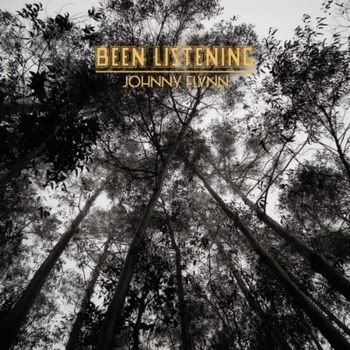
Johnny Flynn: Sweet William (Part 2)
[purchase]
Johnny Flynn is another matter entirely. Sweet William (Part 2) has banjo, fiddle, cello, electric guitar, drums and bass. There is also a double-tracked trumpet that sounds like a brass band. And those are just the instruments that I can pick out by ear. Also background vocals and audience shouts. It should be complete chaos, and I wouldn’t recommend that anyone try it at home. But Johnny Flynn wrote this on whatever instrument, (he plays four on this song, and a few others elsewhere on the album), and took it to his band to arrange. And together, they made it work. It probably helps that a few of the players play multiple instruments. In any case, the resulting song, in all of its brash glory, makes sense and is a work of real power. Elsewhere on the album, Flynn and his band demonstrate the ability to thrive on more subtle material as well, but here they are in their glory.
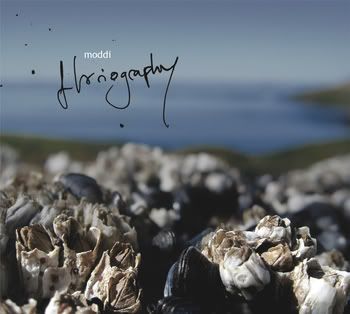
Moddi: Magpie Eggs
[purchase, prices in Norwegian Krone]
Moddi is Pål Moddi Knutsen, from Norway. He plays acoustic guitar and accordion. On Magpie Eggs, his guitar part sounds almost like a small harp. That’s still the writing. The arrangement adds bass and drums, and a very subtle piano part. And then there are those strings. I knew that I had never heard a string sound quite like this before, but it took me a while to realize what I was hearing. Moddi plays some accordion elsewhere on the album, and it has a slightly abrasive sound where it is used, and that works for those songs. But that would not have helped Magpie Eggs. So Moddi essentially has the string section playing the accordion part. it’s a great idea, and it really works beautifully. The song gradually builds in intensity, until the very end. Then everything drops out except the guitar and voice. Moddi uses this device a lot on this album, but it never gets old, and it has real emotional power.
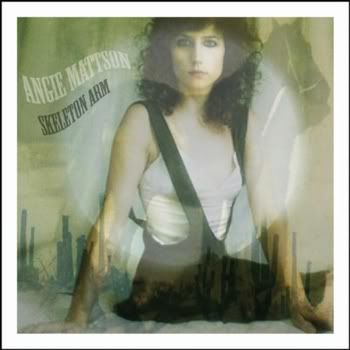
Angie Mattson: Mississippi
[purchase]
Angie Mattson probably writes her songs on the guitar, and she brings them to her band to do the arranging. She plays both electric and acoustic guitars, and also drums and percussion. Her co-producer here, Jeff Mendel, plays all of that, plus drums, bass, organ and piano. The rest of the musicians can double most of that, and also add violin, mandolin, and trumpet. So the thing you notice about the arrangements here is texture. Mississippi starts with Mattson singing over a drone, and I’m not sure what the combination of instruments is here. This soon gives way to a bluesy feel. Parts of the song find a middle ground between these two sounds. Mattson’s vocal is recorded with just a slight bit of reverb, so the whole thing has a wonderful haunted quality that serves the song beautifully.
Call for help:

Adam Sweeney & The Jambouree: Bound to Go (demo)
[donate here]
Adam Sweeney & the Jambouree cite many influences on their Kickstarter page, but they don’t mention Steve Goodman. I hear his influence in the way these songs are arranged, and I also some of that warmth in Andy Sweeney’s vocals. Bound to Go, in its final version, will probably have a more complex arrangement, and I have high hopes for what that will sound like. What I hear already is quality songwriting, backed up by fine musicianship. Please do whatever you can to help Sweeney and Co get this one made. Thank you.
Finally, congratulations to Samantha Kushnick, who made her goal for her drive. Thank you to everyone who was able to help.






0 comments:
Post a Comment